Danger Zone: Contamination-Resistant Connectors for Hazardous Environments
Electronic equipment and devices employed in extremely harsh environments require rugged, contamination-resistant connectors that can stand up to radiation, sterilization, and the toughest conditions on Earth.
Equipment destined for use in environments with a high risk of exposure to radiation and biological hazards requires contamination-resistant connectors and other electronic components, which can be a challenge to identify and specify. The machines we use to reach places such as the Fukushima Daiichi nuclear disaster zone or regions where there is an ebola outbreak are exposed to risks that humans cannot safely endure. Although radiation and viruses present different types of danger, professionals in both situations depend on technical equipment that can withstand the rigors of the job. It’s not safe for us, but is it safe for electronics?
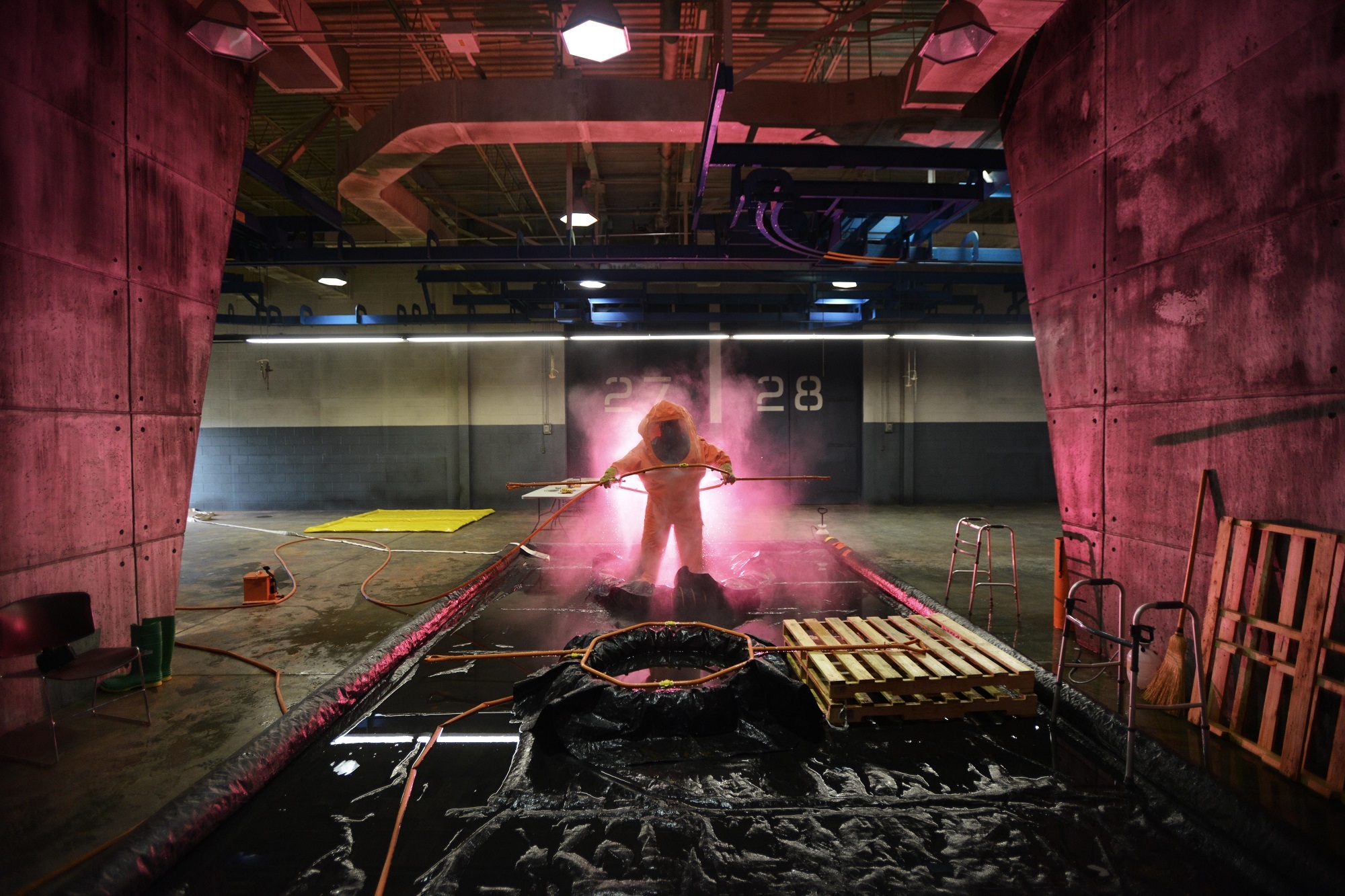
Components destined for use in dangerous environments must be designed with materials, performances, and operational processes that will stand up to extreme conditions. Only the most thoughtfully designed contamination-resistant connectors, components, and devices will ensure people’s safety and security.
Nuclear Threats
Radiation contamination is a key security concern for people who work with radioactive materials in nuclear energy plants, hospitals, research labs, space, arsenals, and other environments where radiation is present. A contaminated object can harm operators, so radioprotection is essential for devices used in these settings. Nuclear contamination can be present in most known states of matter (e.g., solid, liquid, gas) but liquid is a special concern for electronic equipment because, if spilled, the contaminant spreads uncontrollably and can easily penetrate cavities and infiltrate devices. Designing contamination-resistant connectors, components, and devices, as well as those that can easily be decontaminated, offers maximum security to users and ensures proper operation in challenging conditions.
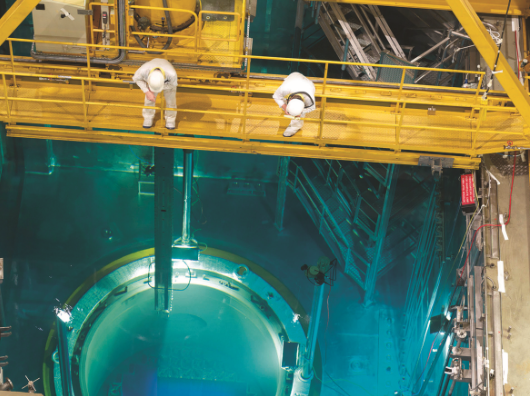
Contamination-resistant connectors are a critical component of electronic equipment exposed to radiation and radiation-contaminated water, like nuclear power plants, and must exhibit extreme environmental resistance to prevent accidental ingress, protect users, and ensure proper operation.
If a radioactive liquid spills on a mechanical part, surface diffusion takes place, allowing radioactive ions to slowly migrate from the solution inside the material molecular structure, thus contaminating it. Once radioactive ions have diffused, it is very difficult to remove them while preserving the part integrity. If decontamination protocols fail, there are only two solutions: surface etching to remove the diffused layer or decommissioning the equipment until sufficient time has passed to let the ions decay naturally.
Sterilization for Safety
Biological and chemical contamination is a major safety concern when working with medical devices. The main challenge when designing contamination-resistant connectors for use in the medical market is to ensure cleanliness and sterility, in addition to biocompatibility and ease of use. All equipment has foreign material on its surface, including living organisms such as bacteria, viruses, or spores, and particles such as minerals or chemicals. Cleanliness means the absence of any foreign material, and sterility means the absence of living organisms. Since a contaminated object can harm patients and medical personnel, contamination-resistant connectors employed in medical equipment should be designed to enable easy cleaning and compatible with one or more standard sterilization processes.
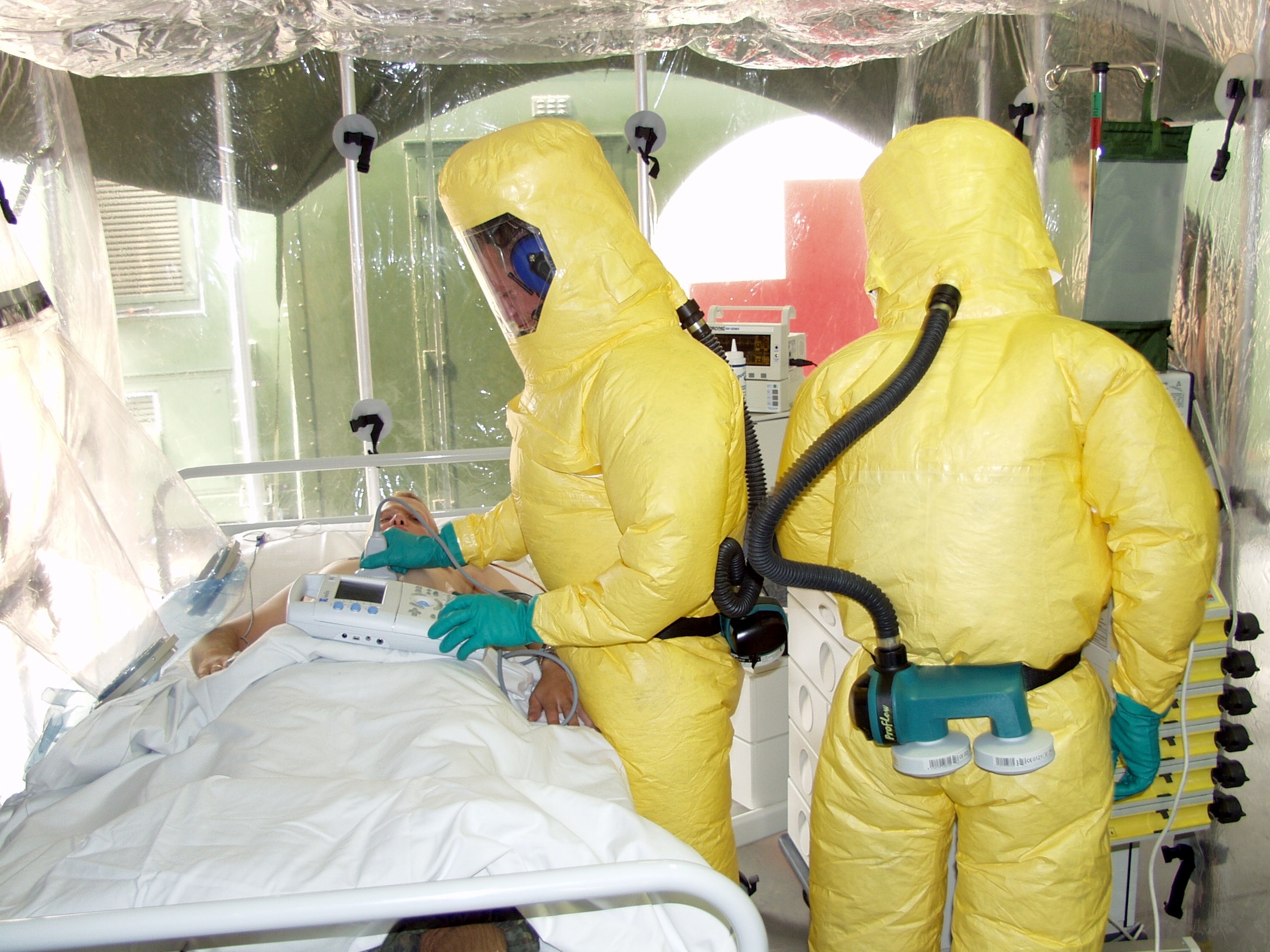
Contamination-resistant connectors designed for use in biologically hazardous environments should be designed to resist surface pollution and ingress, easy to clean, sterilizable, and easy to mate and unmate with gloved hands.
Cleaning processes have to reduce surface contamination to below maximum regulatory limits and reduce non-living contaminants. Sterilization processes have to substantially reduce the bio-burden. Sterilization methods include hot processes such as hot air or vapor (e.g, autoclave), cold processes such as ethylene oxide (EtO) or plasma hydrogen peroxide (H202), and cold irradiation methods such as gamma ray or electron beam (e-beam). Contamination-resistant connectors designed for use in medical equipment should be compatible with several standard sterilization processes, including autoclave, EtO, plasma, and gamma. In some medical fields, such as nuclear medicine, both radioactive decontamination and sterilization are required. Mandatory use of glove boxes enables workers to safely manipulate these preparations.
Design Guidelines for Contamination-Resistant Connectors
Stainless steel is an ideal material choice for the exposed parts of contamination-resistant connectors. as it has a special auto passivation property that limits surface diffusion and supports several decontamination processes. As such, it is widely recommended for use in highly corrosive environments and wherever surface diffusion is a potential hazard. Its high resistance to radiation, temperature, and chemicals, along with its low diffusion rate, makes it ideal for nuclear, chemical, and medical applications. Contamination-resistant connectors made of stainless steel can endure radioactive decontamination and microbiological sterilization processes including autoclave, EtO, gamma radiation, Steris or Sterrad, and Cidex.
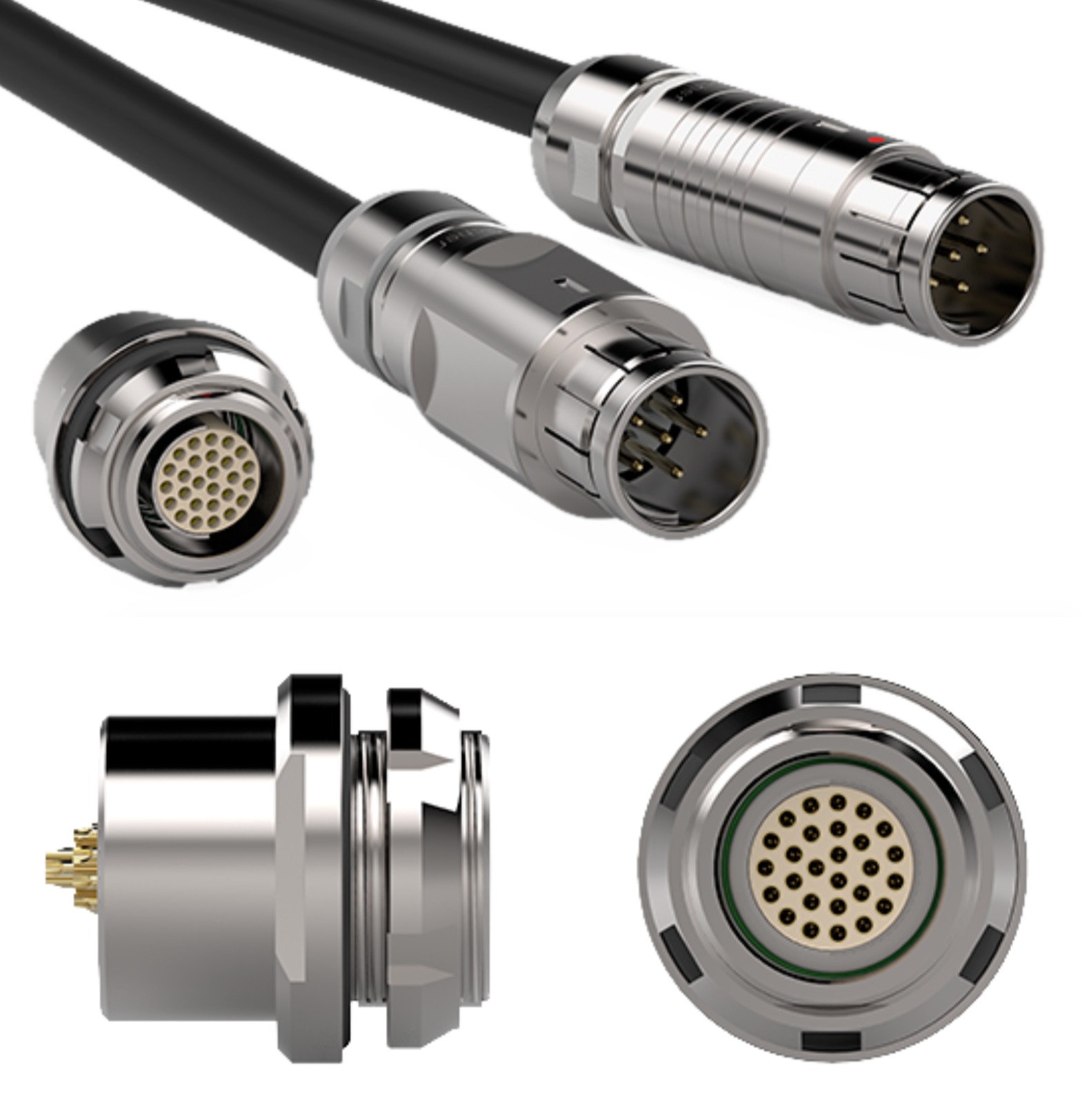
Fischer Core Series Stainless Steel connectors are one example of rugged, contamination-resistant connectors. They are easy to handle, ultra-resistant to environmental hazards, compatible with several sterilization processes, and ideal for use in applications including nuclear power plants, energy generation, medical equipment, and food processing.
Materials selection is only one element of contamination-resistant connectors. There are several other design characteristics that can help reduce contamination risk and support decontamination processes as well. For instance, smooth connector designs with low surface roughness improve cleaning efficiency by limiting cavities in which contaminants can collect. Compact form factors reduce surface area, as well as the size and number of connectors required, which further reduces exposure risk. Design for ease of handling, including quick, easy connection and disconnection — even with one hand or while wearing gloves — reduces the risk of spillage. In addition, sealing prevents both leakage and the ingress of contaminants and features such as robust keying systems, over-molded assemblies, and protective caps further protect the equipment and ensure proper operation in hazardous environments.
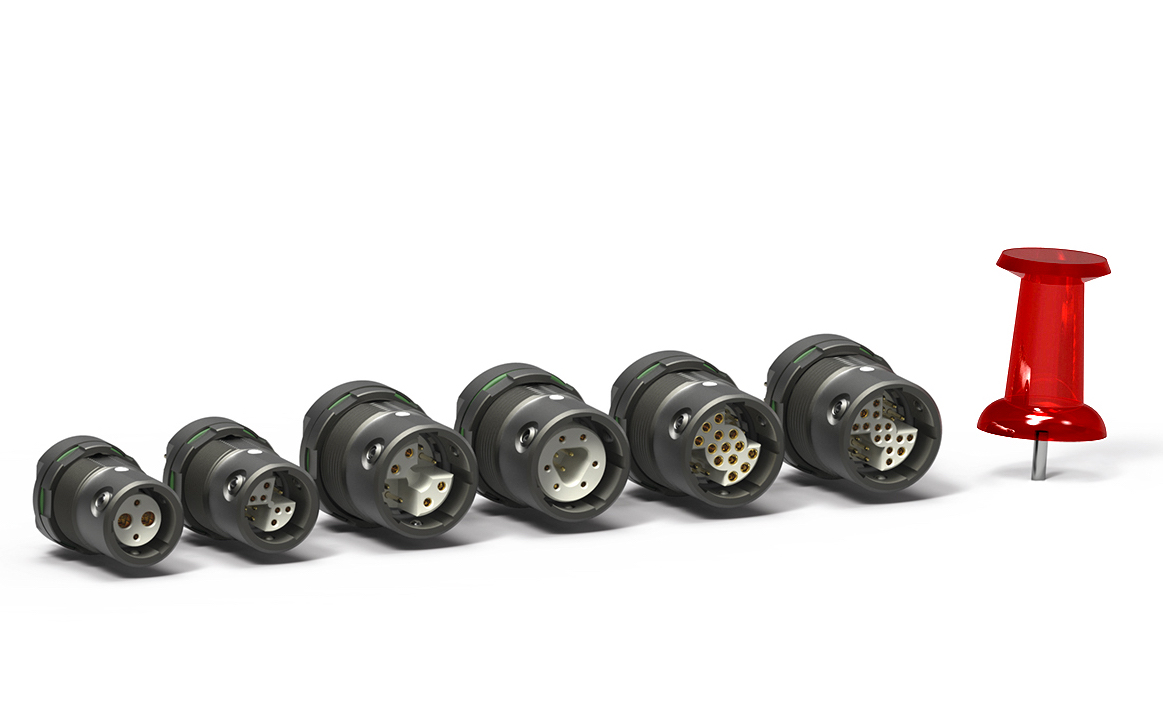
The Fischer MiniMax™ Series is a high-density, miniature solution with IP68 sealing protection and a combination of power and signal contacts in 19- and 24-pin configurations. It is ideal for healthcare and other applications that require accessing multiple protocols via a single connector and easy handling.
Equipment that requires radioactive decontamination and sterilization needs to be designed from the outset with stringent safety and regulatory requirements in mind. Premium sealed connectors that offer excellent decontamination and sterilization performances should be selected to preserve the user’s safety and security and ensure maximum equipment lifetime.
To learn more about contamination-resistant, stainless steel, and other rugged connectors, visit Fischer Connectors.
Like this article? Check out our other Connector Basics, harsh environment, and 2019 articles, and our Industrial and Medical market pages.
- Danger Zone: Contamination-Resistant Connectors for Hazardous Environments - September 10, 2019





